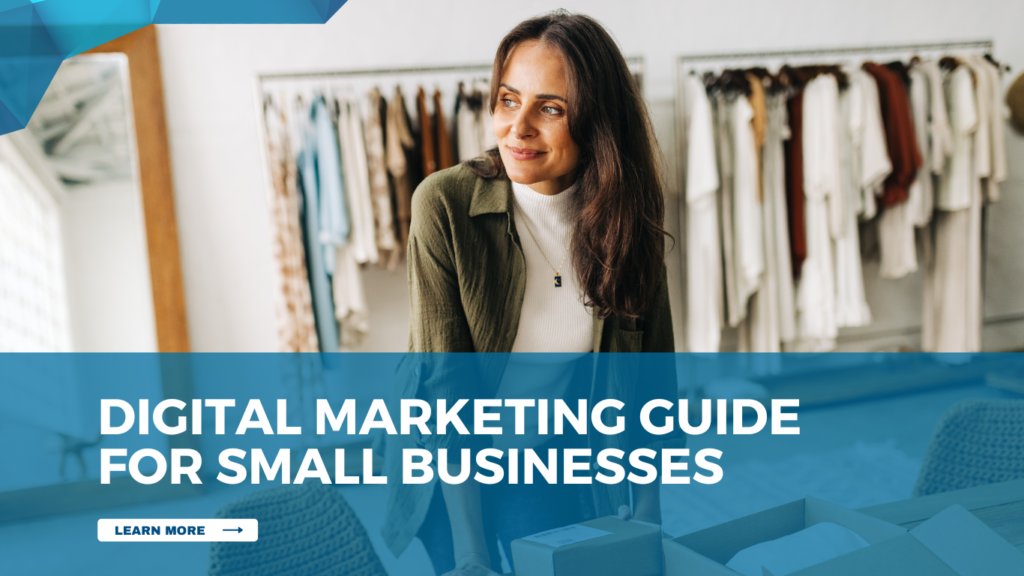Why Every Growing Business Needs Google Ads in Its Marketing Plan
Why Every Growing Business Needs Google Ads in its Marketing Plan In the world of digital marketing, simply having an online presence is not enough for your business development; your business needs to be seen, and it should be seen by the right people at the right time. That is where Google Ads opens the way for your business growth. As one of the most powerful tools in digital marketing, Google Ads offers businesses of all sizes the ability to appear in front of potential customers when they are searching for your product or service. If you are running a startup or any business or a growing e-commerce brand, in that case Google Ads helps; having an online presence alone is insufficient for business development; your business needs to be visible to fill the gap between your offerings and your audience, driving traffic to your page, boosting conversions, and maximising return on. Are Google Ads the Most Efficient Way to Market a Business? Here are the reasons why Google Ads is the most efficient way to market your business. 1. Immediate Visibility to Active Searchers In social media advertising, where users typically browse in their feeds to catch up on friends, entertainment, or news, this is where Google Ads differs from social media advertising. Google Ads delivers targeted visibility based on active search intent. Google Ads puts your business in front of people who are actively searching or interested in what you offer. For example, if someone types a query like “best coffee shop near me” or “affordable graphic designer,” they are already expressing a desire to take action. Your ad appears as a direct response to that intent, making it highly relevant and valuable to the searcher. Tip: Target keywords that show buyer intent, like “buy now,” “near me,” or other action-related phrases CTA should encourage the viewer to be ready to act. Example:A dentist in Chennai used “best dentist near me”, “top dentist in Chennai” in her ads. With these effective keywords, she secured over 50 patients in two weeks by appearing in urgent searches. 2. Advanced Audience Targeting One of the important advantages of Google Ads is the ability to reach your target audience. You can control exactly who sees your ads by targeting based on: Location: You can run ads only to people in an area, like nearby places to your business site, states, countries, or even within a few kilometres of your business area. Age & Gender: you can reach a certain age group or gender that matches your product or service. Device Type: Choose to display your ads on mobile, desktop, or tablets, depending on where your audience spends the most time. Time of Day & Day of the Week: You can schedule the time and days to run your ads. This level of control ensures that your ads are shown only when and where they are most relevant, to reach the right person at the right time. Tip: Use geo-targeting and device targeting to reach the right people at the right time, especially if you’re a local business. Example: A cafe in Delhi ran mobile-only ads from 7–10 AM, targeting people within a 5 km radius. The result? A 60% spike in breakfast-time walk-ins who searched “breakfast cafe near me.” 3. Flexible Budget Control Google Ads offers complete flexibility, empowering you to spend wisely and grow steadily, making it well-suited for businesses of all sizes. Based on your budget, you can decide how much to spend. If you feel that your ads are not performing well or if you are temporarily unable to invest in ads, you can pause your campaigns instantly, without there being any penalties and no long-term commitments. Tip: In the initial stage, start with ₹200–₹500 per day. Once you see which ads perform well, you can spend based on your budget. Example: A real estate company ran Google Ads for “2 BHK flats near me” with a budget of ₹300/day. After 10 days, they identified their best-performing ad and increased their budget. Within 30 days, this strategy helped them to sell 2 flats in 1 month. This shows how flexible budgeting can lead to smart growth and high profit returns. 4. Trackable Results with Conversion Data One of the most efficient features of Google Ads is its ability to provide measurable results. While comparing with traditional advertising, where it’s hard to know exactly what’s working, Google Ads offers clear data on every part of your campaign. You can track key merits such as: Clicks: You can witness how many people clicked on your ad. Impressions: You can see how often your ad was shown. Conversions: How many people took a desired action? (like making a purchase, filling out a form, or calling your business) Cost per Click (CPC) and Return on Investment (ROI): You can able to understand how much you are spending per click and how much profit you are getting in return. This level of transparency will help you to analyse what kind of ad is working and what is not. Tip: Use Google Analytics and conversion tracking to find out which keywords and ads are bringing sales, not only traffic. Example: A course creator was getting high traffic through Google Ads, but he didn’t get signups. By tracking conversions, they discovered users were dropping off at the payment page. After fixing the checkout process, their course sales tripled within a month. This shows how tracking helps identify problems and boost results. 5. Remarketing to Interested Customers One of the highest advantages of Google Ads is remarketing, which allows you to show ads to people who have already shown interest in your business or service, who have already visited your website, viewed a product, or added something to the cart at some point but didn’t complete the purchase. This helps you stay top-of-mind and bring back potential customers who are already familiar with your brand but need a small push to take action. Tip: Use remarketing
Why Every Growing Business Needs Google Ads in Its Marketing Plan Read More »
Blog








